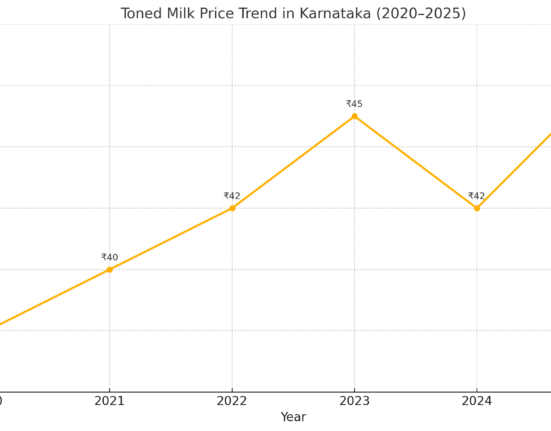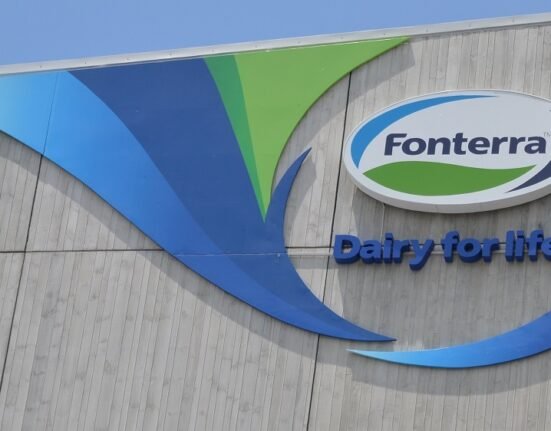US-Canada Dairy Trade Tensions Resurface Amid Political and Policy Shifts
As the United States eyes deeper access to Canada’s $17 billion dairy market, trade tensions between the neighboring nations are once again heating up. With a potential second Trump administration looming and Canada approaching a critical federal election, the future of cross-border dairy trade hangs in the balance.
A Battle Over Borders and Butterfat
Canada is the second-largest export market for U.S. dairy, with more than $1.1 billion worth of products—including cream, butter, and high-value ingredients—shipped north in 2024. Conversely, Canada exported just $250 million (CAD $357.9 million) in dairy goods to the U.S., leaving the U.S. with a favorable trade balance.
But U.S. dairy stakeholders remain unsatisfied.
The core issue? Canada’s supply management system, which includes strict tariff rate quotas (TRQs) designed to shield domestic producers from foreign competition. TRQs allow limited duty-free imports; anything beyond that is hit with steep tariffs.
Historically, access to Canada’s dairy sector was virtually non-existent under NAFTA. Only after the implementation of the USMCA (United States-Mexico-Canada Agreement) did U.S. producers secure access to 3.5% of Canada’s dairy market.
However, controversy erupted when Canada allocated the majority of these TRQs to domestic processors—undermining the intended access for American exporters. A dispute resolution panel under USMCA ruled Canada’s allocation policy non-compliant, forcing revisions that ultimately boosted trade.
Trade Gains, But Still Falling Short
Following the revisions, U.S. dairy exports to Canada surged. According to Cornell University, the policy changes led to an additional $12 million in dairy trade per month, with notable gains in milk and butter. The value of U.S. fluid milk and butter entering Canada rose by over 80% on a per-unit basis.
Despite these improvements, U.S. industry leaders such as the International Dairy Foods Association (IDFA) argue that protectionist policies still limit full quota utilization. For the U.S. dairy sector, the current framework represents progress—but not parity.
A Political Chessboard
Former President Donald Trump, known for his aggressive trade negotiation tactics, may attempt to secure even broader access should he return to office. Yet political headwinds in Canada could stall any such ambitions.
Canada’s April 28 general election puts Prime Minister Justin Trudeau’s government—and its trade strategies—under scrutiny. The influential dairy sector, especially powerful in rural ridings in Quebec, Eastern Ontario, and the Maritimes, wields substantial political clout.
Dairy Farmers of Canada (DFC), one of the country’s most profitable and politically active industry groups, has logged hundreds of meetings with federal officials, including the Prime Minister’s Office, according to lobbyist data.
With the election looming, few Canadian politicians are expected to risk alienating dairy constituents by offering further concessions to U.S. trade negotiators.
What’s Next for North American Dairy?
While the USMCA has led to measurable gains, the broader question remains: will the next chapter in U.S.-Canada dairy trade be one of expansion—or entrenchment?
Much will depend on both the outcome of the Canadian election and whether the U.S. decides to renew pressure on its northern neighbor under a future administration.
One thing is certain: the dairy aisle has become yet another front in North America’s ever-evolving trade landscape.







